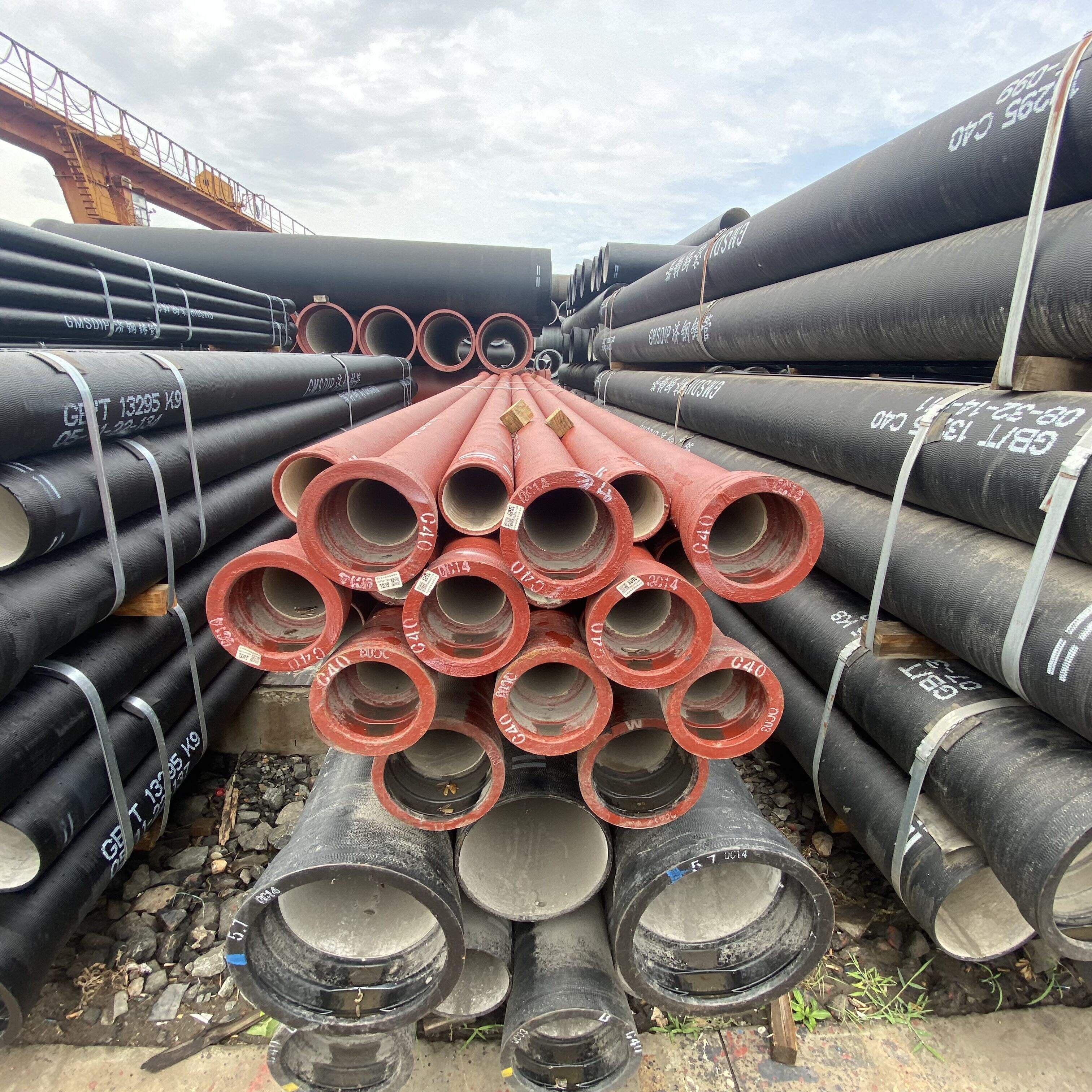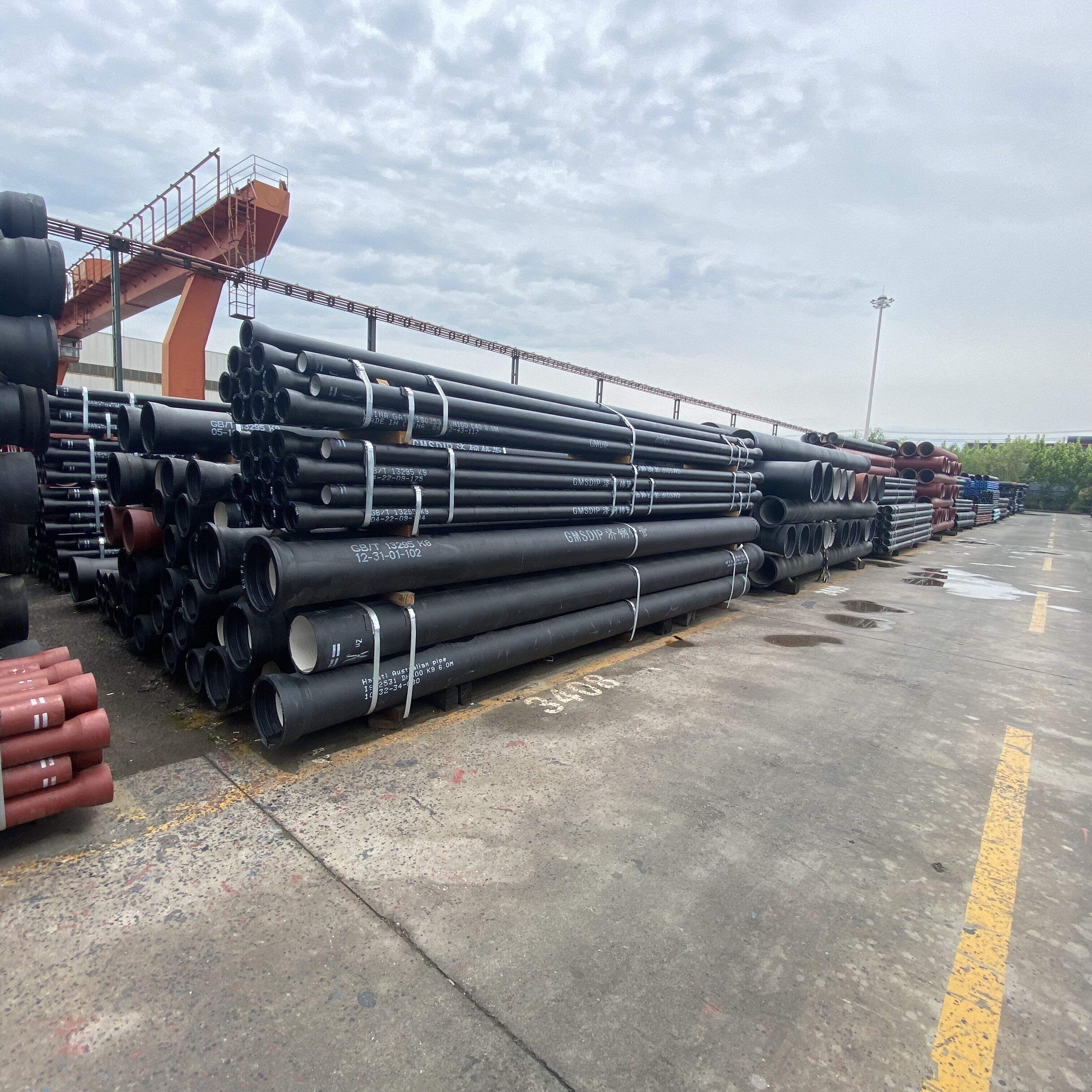steel columns and beams
Steel columns and beams represent fundamental structural elements in modern construction, serving as the backbone of buildings and infrastructure projects worldwide. These essential components provide crucial support and load-bearing capabilities, effectively transferring both dead and live loads throughout the structure to its foundation. Made from high-grade steel alloys, these structural elements undergo rigorous testing and certification processes to ensure they meet industry standards for strength, durability, and safety. The columns primarily function as vertical support members, carrying compressive loads from upper floors, while beams work horizontally to distribute loads across spans and between columns. Modern manufacturing techniques allow for precise specifications in terms of size, shape, and load-bearing capacity, enabling architects and engineers to design structures that are both efficient and aesthetically pleasing. The versatility of steel columns and beams makes them suitable for various applications, from small residential projects to massive commercial developments and industrial facilities. These components can be fabricated with different cross-sectional profiles, including I-beams, H-beams, and hollow structural sections, each optimized for specific structural requirements and load conditions.

